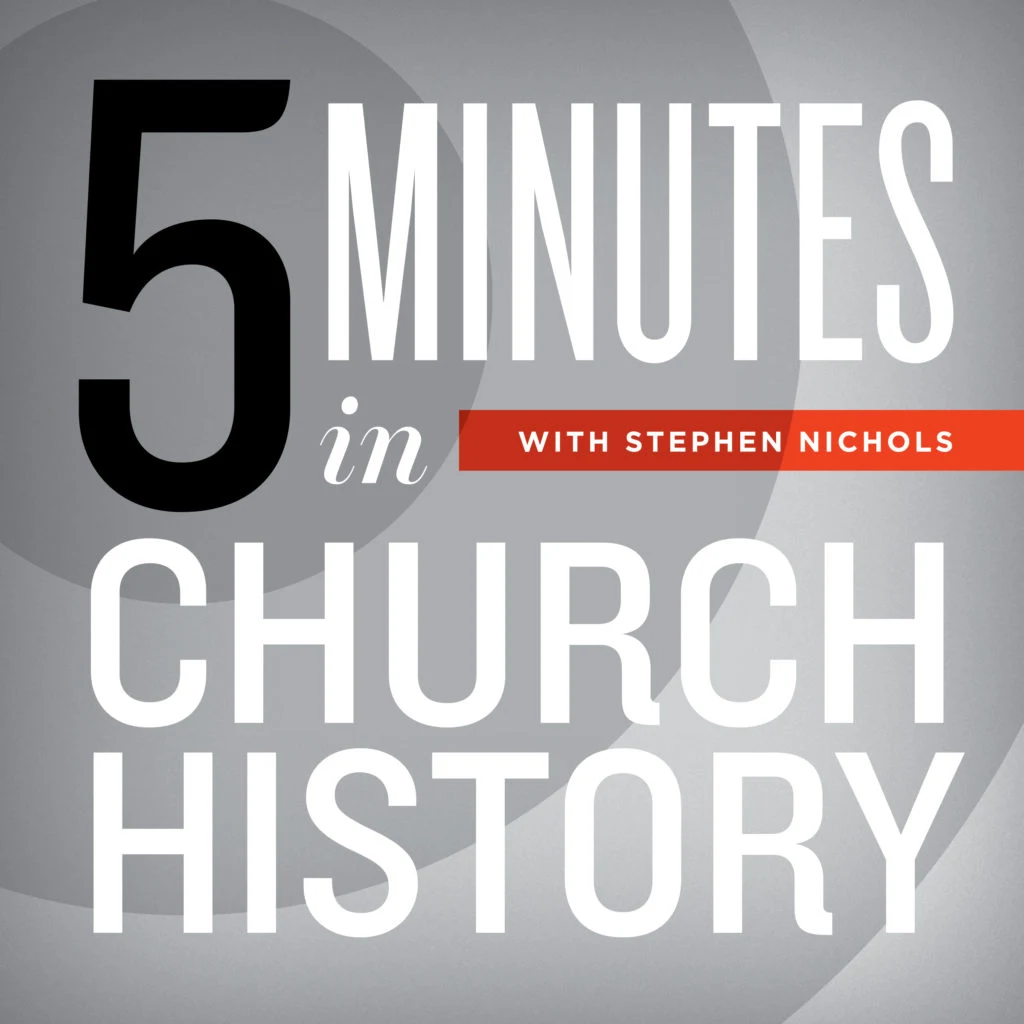5 Pieces of Art from Chicago

Throughout history, many painters have chosen biblical themes as the subject for their artwork. Today, Stephen Nichols describes five paintings that are housed at the Art Institute of Chicago.
Welcome back to another episode of 5 Minutes in Church History. On this episode, we are traveling to Chicago to spend some time at the Art Institute of Chicago and look in particular at five paintings from that famous art museum. The first is entitled Milton Dictating to His Daughter. This was painted by Henry Fuseli in the 1790s. He started a series of paintings around Milton, and specifically on Milton’s classic text Paradise Lost. Milton was blind when he wrote Paradise Lost, and he dictated the words to his daughter, who then wrote them down, and the poem was published. In Fuseli’s painting, Milton’s daughter is bathed in light as she writes the words from her father, and Milton himself, blind, is in darkness.
The second painting takes us to a biblical moment. It is by the artist Philippe-Jacques de Loutherbourg, and it is entitled The Destruction of Pharaoh’s Army. I was stunned when I saw this painting. It is breathtaking, and what is fascinating about it is the depiction of Moses. He looks like a fierce commander and leader of any army. But of course, what is more important is what is looming over Moses’s head, and it is in the clouds, and it is light coming through the clouds, and it is a depiction of God who is the one who, indeed, brought forth the destruction of Pharaoh’s army.
We’ll stay with biblical themes for the third painting. This one is entitled The Denial of St. Peter. It is by Hendrick ter Brugghen, and if you’re guessing, yes, he is Dutch. He was born in 1588, and he died in 1629. And this painting also has a play of light and shadow. In the far background, you can barely make out the arrest of Jesus. And in the foreground, there are two figures. There’s Peter, and there is the young maid, and the center is a fire, and the fire illuminates the hand of this young maid with her pointing condemnatory finger at Peter after his denial of Jesus. That dark moment in Peter’s life as depicted in the pages of Scripture and as presented in this painting.
Well, for our fourth painting, it is actually two paintings that are a side-by-side panel done by Lucas Cranach, the Elder, that great painter of the Reformation. He made many depictions of Adam and Eve. They can be found across a number of museums. Sometimes Adam and Eve appear together in the painting, and other times they appear in two panels side-by-side. And that is the case for this copy that is in the Art Institute of Chicago. Eve, of course, has an apple in her hand, and above her is the serpent, and Adam is looking on, as we see Eve succumb to the temptation.
For the fifth one, we’re going to stick with the theme of Adam and Eve, but this one’s a little different. This one is done by Rembrandt, and this is a painting with Adam and Eve together. There is a dragon-like serpent figure that is coiled around the tree. The fruit is hanging from the branches above Adam and Eve’s head. And Eve has the fruit in her hand, and it does look like it, too, is an apple. But this one has a very fascinating description and I want to read this to you. It says, “Rembrandt’s Adam and Eve are easy to identify with. Their confusion, their temptation, and their choice.” And their choice actually becomes ours, as Rembrandt depicts the fall of Adam and Eve, our representative heads, and succumbing to that temptation and plunging themselves and us as well, their posterity, into sin. Well, there you have it, a number of pieces of art from church history and biblical history in the Art Institute of Chicago. And I’m Steve Nichols and thanks for listening to 5 Minutes in Church History.
Recent Episodes
A Little Church History of a Middle Colony: Early Influences
December 10, 2025|American Church History
Gunpowder and a Proclamation
December 3, 2025|Geographical Perspectives
Thanksgiving in Church History
November 26, 2025|American Church History
3 Sermons on the Hallelujah Chorus
November 19, 2025|General Church History
Charles Jennens’ Libretto
November 12, 2025|General Church History
Cyprian of Carthage: Crisis in the 3rd Century
November 5, 2025|General Church History
